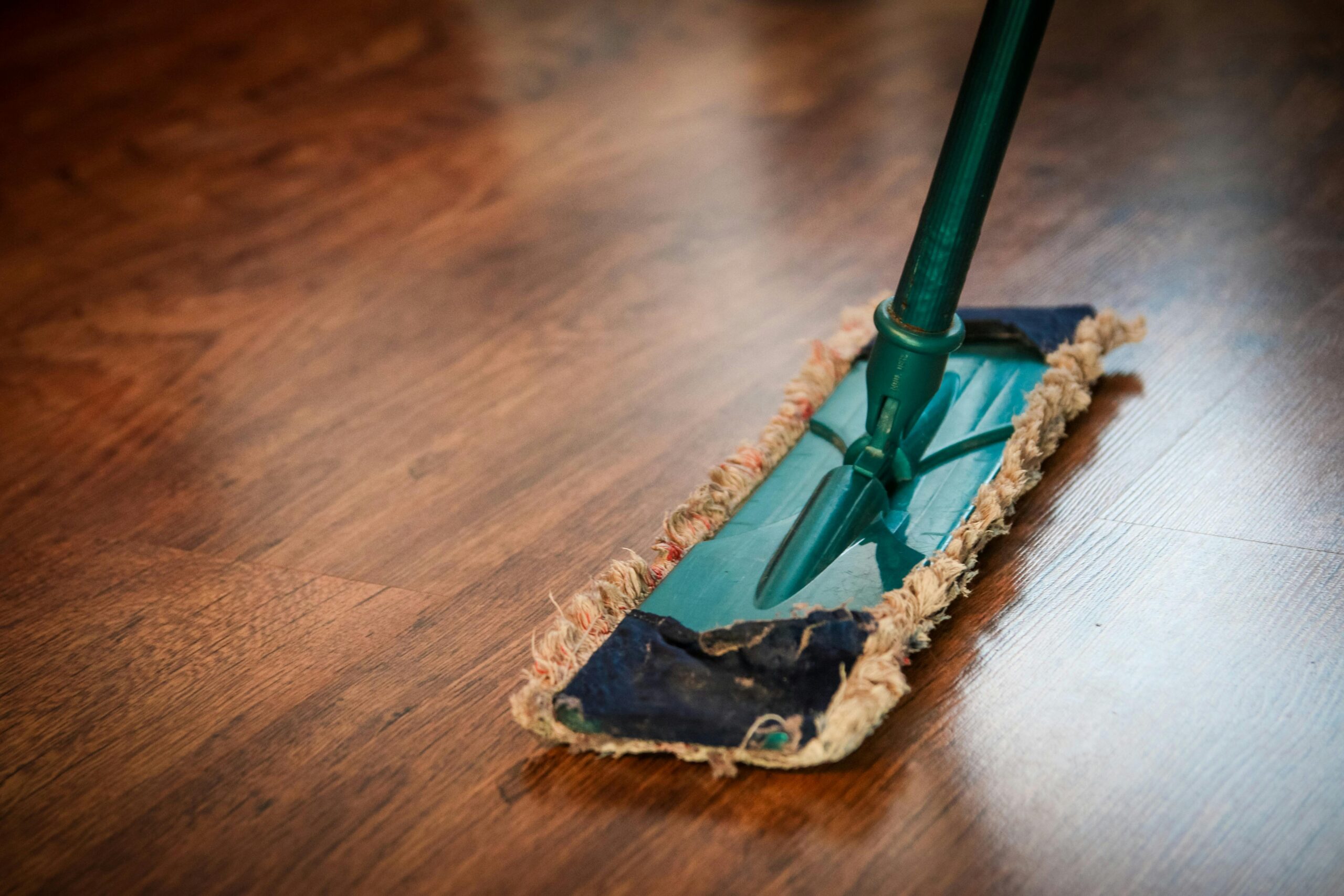Condensation, Mould and Damp
What is condensation?
Condensation comes from the moisture in the air in your home. This can be from cooking, cleaning, showering or bathing. Condensation will form on the coldest surfaces in your home, usually around windows, corners and external walls. It usually doesn’t pose a problem, as long as the surface has time to dry thoroughly. However, if condensation is not tackled, it can lead to mould growth.
What is mould?
Mould occurs when there is a lack of ventilation and surplus of heat, causing it to grow and multiply in moist areas. It is normal to have mould growth in winter, but it’s important you monitor it to prevent it from getting worse. The chances of your home being affected by mould is reduced if you keep your home warm, well-ventilated and minimise the amount of moisture that’s released into the air.
What is damp?
There are many forms of damp. Rising damp occurs when moisture is able to travel through the damp proof (just above ground level) course of your home, potentially resulting in damp up to 1m above the ground floor. Penetrating damp occurs when water soaks through a wall and moisture travels into your home. This may be caused by leaks, flooding, defective guttering or ineffective seals around baths, showers, basins and sinks.
If black mould appears in your home and can’t be removed with mild bleach, please report this as a repair.
Help and advice:
1. Minimise the amount of moisture in your home
2. Increase ventilation
3. Minimise the number of cold surfaces by heating your home to a reasonable level of warmth
4. Wipe down small patches of mould
5. Wipe down condensation from windows and other areas each morning and open windows for a while
Contact Us
If you are experiencing condensation, damp or mould issues in your home, please report it to us at 020 8685 5777 (option 1) or [email protected].
